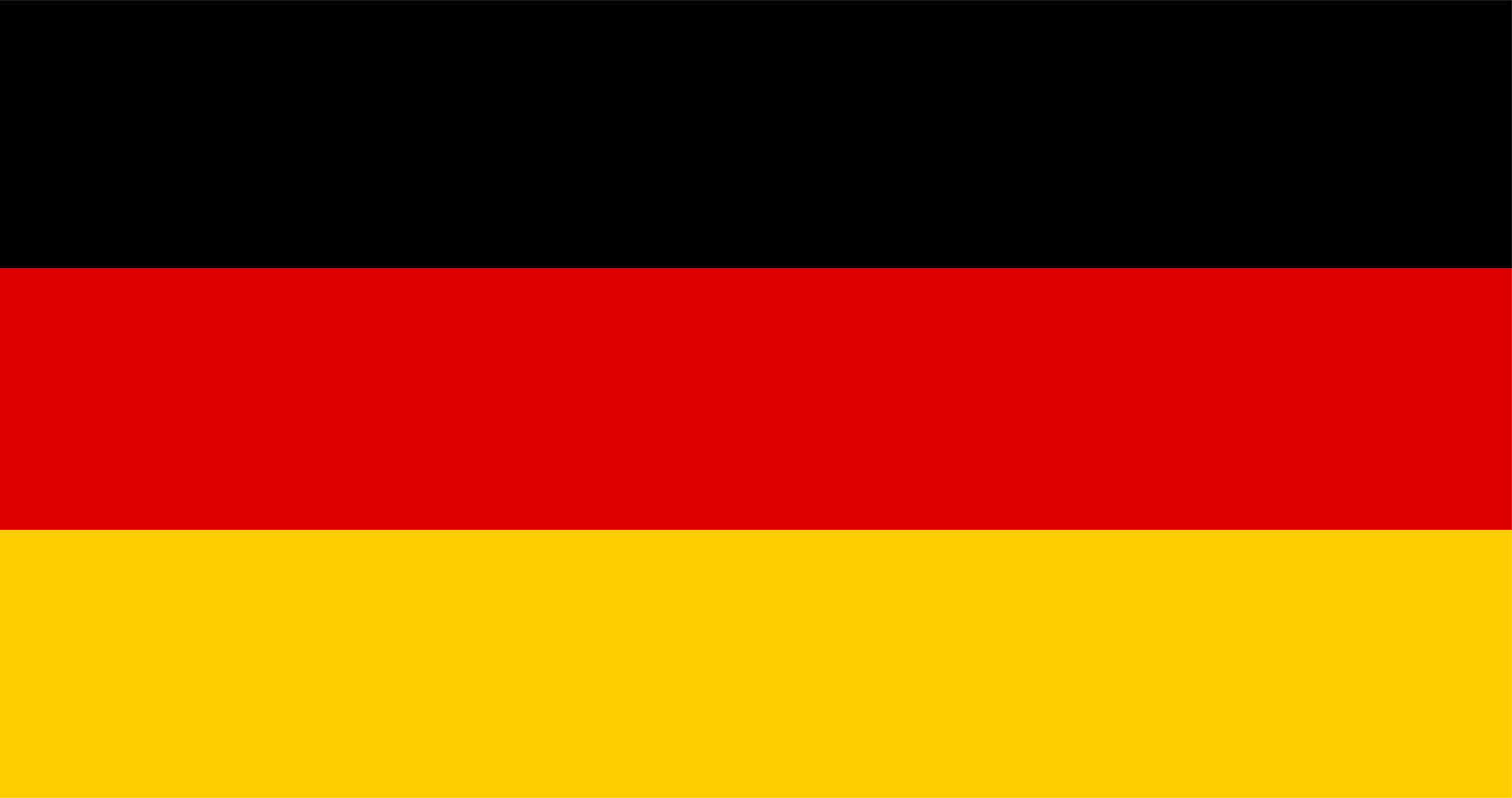Nosebleed
You should have very frequent nosebleeds checked by a doctor.
Why can a nosebleed occur?
Most bleeding from the nose is only mild. Nosebleeds can have many causes: Allergies, infections or dehydration that causes itching and scratching of the nose. Sometimes a strong sneeze that ruptures surface blood vessels in old people and children can also cause a nosebleed. Severe nosebleeds can also occur with blood clotting disorders that run in the family or are a result of medication. Bleeding can also occur in the event of accidents such as fractures of the nose or the base of the skull. In rare cases, however, tumors, both benign and malignant, can also lead to nosebleeds. However, some bleeding is frightening and a few are even life-threatening.
Nosebleed from the front of the nose:
Most nasal bleeding starts in the lower part of the septum, the semi-rigid wall that separates the two nostrils. The septum contains blood vessels that can be torn open by a blow to the nose or a sharp fingernail. This type of nosebleed comes from the front part of the nose and starts with blood flowing from one nostril when the patient is sitting or standing.
Nosebleed from the back of the nose:
In rare cases, nosebleeds can start deep in the nose and flow down the back of the mouth or along the throat, even if the patient is sitting or standing. The source of bleeding is then in the posterior part of the nose. There are blood vessels there that can bleed extremely heavily.
What types of nosebleeds are there?
Apparently, when the patient is lying down, even anterior nosebleeds seem to flow backwards. This applies in particular when the patient coughs or blows his nose. It is important to differentiate, as bleeding from the posterior part of the nose is often worse and almost always requires medical attention. Posterior nosebleeds usually occur in elderly people, people with high blood pressure and in cases of injury to the nose or face. Anterior nosebleeds often occur in dry weather or in the winter months, as the heated, dry rooms dry out the nasal membranes. Dryness can lead to crust formation, cracks and bleeding. This can be prevented by putting a little moisturizer or healing ointment on the tip of your finger and then rubbing it into the nose, especially the middle part of the nose, the septum.
What first aid options are available?
If you or your child have a nosebleed, you can stop the bleeding by following these steps: First, make sure the patient remains calm, especially important with small children. An agitated person could bleed more than someone who is calming down and being helped. Then press all the soft parts of the nose together between your thumb and index finger. Soak a cotton ball with nasal drops (e.g. Otrivin) and insert it into the nostril. Press firmly but gently with your thumb and forefinger in the direction of the face, pressing the compressed parts of the nose against the facial bones. Hold this position for a full five minutes. Hold your head in a higher position than your heart. Sit upright or lean back a little, but keep your head up. Hold crushed ice in a plastic bag or a washcloth to your nose and cheeks.
What else can you do if you have a nosebleed?
Many doctors recommend lubricating/moisturizing creams or ointments. Several daily applications may be necessary, but applying the product every evening before going to bed is normally sufficient. If the nosebleed persists, you should contact your doctor. Through endoscopic control (using a light source in a cylinder), your doctor can find the problem in the nose, which can then be corrected. He or she may recommend cauterization (sealing) of the blood vessel that is causing the trouble
What if it bleeds again?
To avoid renewed bleeding after the actual bleeding has stopped, you should not scratch your nose or blow your nose vigorously. Don’t strain yourself and don’t lift heavy things! Keep your head higher than your heart. Use a humidifier during the dry winter months! If you are still bleeding, you should clean your nose of any blood clots and use nasal drops such as Otrivin. If the bleeding does not stop despite repeating these measures, it is advisable to consult an ENT specialist.
Frequently asked questions
Here we answer the most frequently asked questions



